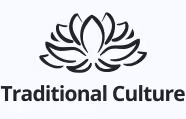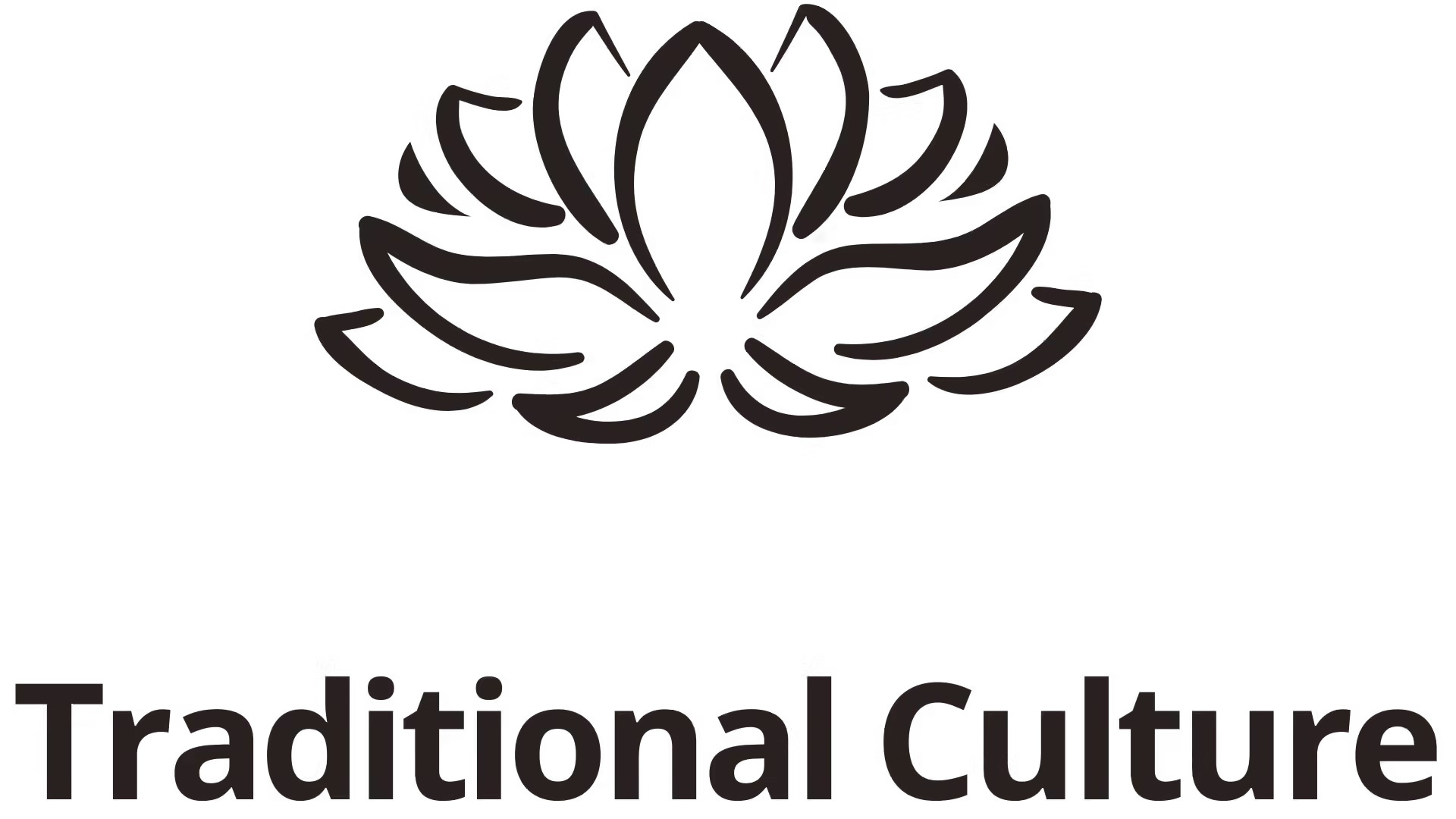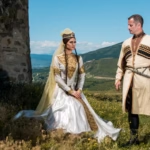Turban has become more than just a piece of fabric wrapped around the head; it embodies cultural significance, tradition, and modern fashion all intertwined. Originating from various cultures, turbans have traveled through time, reflecting personal identity while adapting to contemporary aesthetics. As we delve into the world of turbans, we uncover their rich history, cultural relevance, and how they seamlessly blend into today’s fashion landscape.
The Historical Significance of Turbans
The turban has a storied past that transcends geographical boundaries. From the Middle East to South Asia, its origins can be traced back centuries, deeply rooted in cultural and religious practices.
Ancient Origins and Evolution

Turbans are believed to have originated in ancient civilizations where cloth was used as a practical means to protect the head from harsh weather conditions. Over time, this practical accessory evolved into a symbol of social status and spiritual significance.
In many cultures, wearing a turban indicates respectability and authority. For instance, in the Sikh community, the turban, known as Dastaar, is worn by men as a representation of their faith and commitment to equality. Similarly, in Islamic tradition, turbans have been used during religious ceremonies, denoting piety and honor.
As centuries passed, the styles and meanings associated with turbans adapted, but their essence remained intact. They continue to signify not only cultural heritage but also personal beliefs and affiliations.
Turbans Across Cultures
Through the lens of cultural diversity, turbans manifest uniquely across the globe. In the Middle East, for example, the keffiyeh or ghutrah serves a similar purpose, protecting against the sun while symbolizing national pride. In contrast, the African turban reflects vibrant colors and patterns, showcasing the wearer’s identity through intricate designs.
This cross-cultural presence of turbans illustrates how a single garment can carry different meanings yet serve a common purpose: connecting individuals to their roots while establishing a sense of belonging.
The Role of Religion in Turban Tradition
Religion plays a significant role in the acceptance and significance of turbans. For Sikhs, wearing a turban is not merely a style choice but a mandatory practice reflecting their spirituality and connection to God.
Conversely, in Islam, turbans may symbolize humility, protection, and obedience to God. Many religious leaders wear turbans as a sign of their dedication to their faith and community.
Understanding these religious undertones emphasizes the importance of turbans beyond mere aesthetics; they are sacred symbols forbidding neglect.
The Turban in Contemporary Fashion
With the evolution of style, turbans have made their mark on the fashion industry, becoming a staple in many wardrobes. Designers are reimagining turbans, integrating them into modern looks while respecting their cultural significance.
Turbans on the Runway
Fashion designers worldwide are increasingly embracing turbans as part of their collections. Major runway shows feature models adorned in beautifully styled turbans, often as striking focal points of their outfits. This trend signifies a merging of traditional elements with contemporary fashion, illustrating the versatility of turbans.
High-profile designers such as Jean Paul Gaultier and Dolce & Gabbana have incorporated turbans into their collections, celebrating their boldness and elegance. Their designs are not just about aesthetics; they highlight the story of the turban, serving as a bridge between cultures and traditions.
The Rise of the Turban as an Accessory
Today, turbans are being embraced as fashionable accessories rather than solely cultural garments. Stylish turban headbands, wraps, and variations have emerged, allowing wearers to express their unique style statement.
Women, in particular, have found innovative ways to integrate turbans into their everyday attire. Whether paired with casual wear or formal dresses, turbans add a touch of sophistication and flair. With the explosion of social media, influencers showcase how to style turbans, inspiring countless individuals to explore this aesthetic avenue.
Turbans as Symbols of Empowerment
For many, wearing a turban represents empowerment and self-expression. The rise of social movements advocating for diversity and inclusion has prompted broader acceptance of turbans in mainstream fashion.
Celebrities who proudly sport turbans challenge stereotypes and redefine beauty standards. By choosing to wear turbans, they convey messages of resilience, strength, and identity. This visibility encourages others to embrace their cultural backgrounds and express themselves authentically through fashion.
The Personal Connection to Turbans
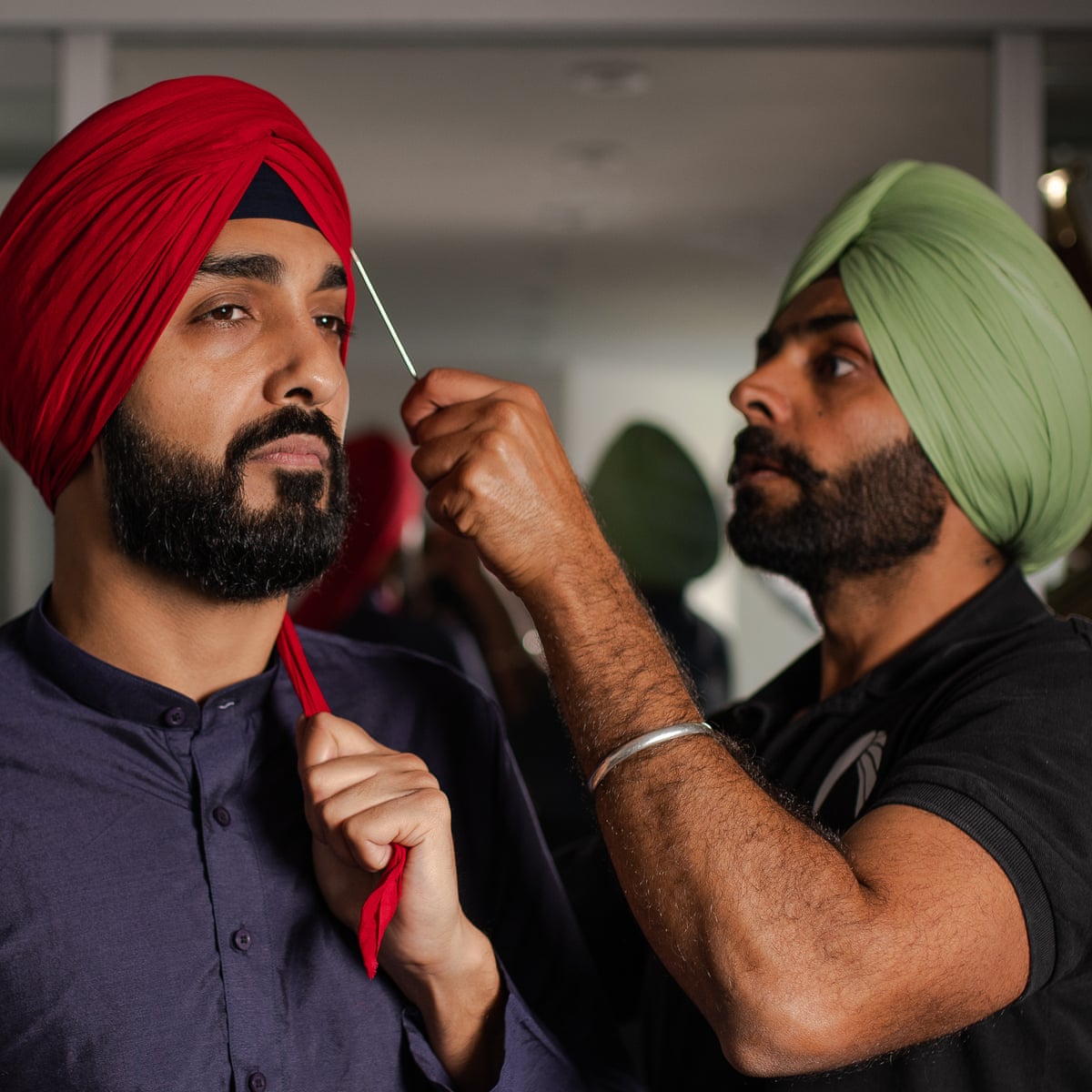
The connection individuals feel towards turbans goes beyond fashion; it is deeply personal and often tied to memories, family traditions, and cultural significance.
Family Traditions and Memories
For many, wearing a turban evokes nostalgia and cherished memories. Family members passing down the tradition of wearing turbans can strengthen bonds and create a sense of continuity through generations.
In many cultures, the act of tying a turban is often seen as a rite of passage, marking significant milestones in one’s life. For instance, in Sikh communities, young boys are taught how to tie a turban as a symbol of growth and responsibility.
These familial connections emphasize the emotional depth of wearing a turban, intertwining personal stories with cultural heritage.
A Reflection of Personal Identity
Wearing a turban can also serve as a powerful affirmation of one’s identity. Individuals who choose to wear a turban do so as a way to express their beliefs, confidence, and individuality.
Embracing a turban allows for authenticity and self-acceptance, highlighting the importance of cultural representation in a diverse society. In an increasingly globalized world, the desire to showcase one’s roots becomes crucial in maintaining a sense of belonging amidst the chaos.
Turbans as a Medium of Self-Expression
The styling of turbans can be an extension of creativity and self-expression. Choosing colors, fabrics, and patterns reflects personal style and sentiments.
Fashion enthusiasts experiment with various ways to wrap and accessorize turbans, creating stunning visuals that capture attention. Beyond aesthetics, this creative expression reinforces the idea that turbans can be a canvas for artistic exploration, allowing wearers to make statements about individuality.
The Future of Turbans in Fashion and Culture
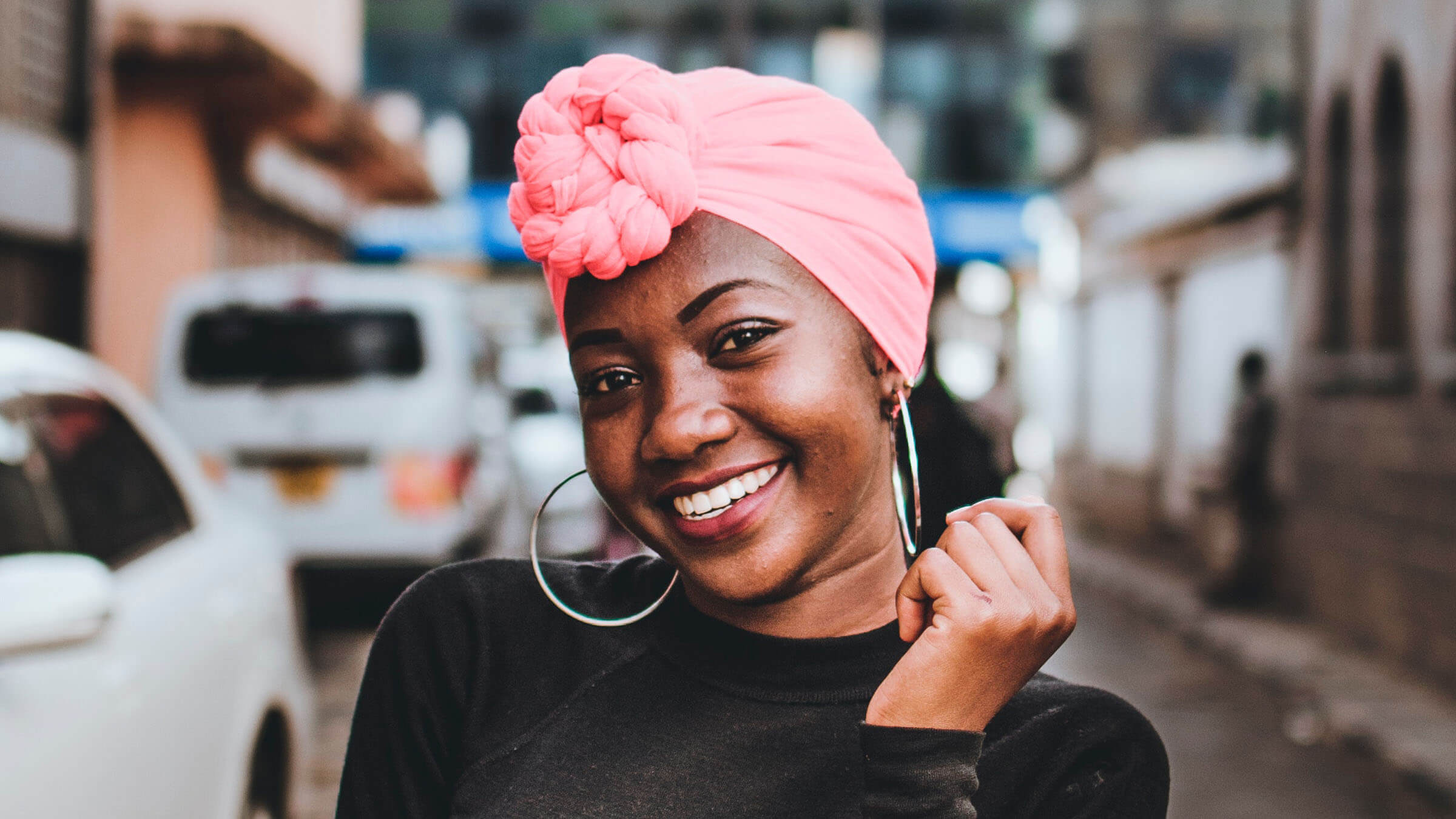
Looking ahead, the future of turbans appears promising as they continue to navigate the realms of culture and fashion. Their significance is evolving, adapting to modern sensibilities while holding steadfast to tradition.
Embracing Cultural Appreciation
As cultural awareness increases, there is a growing movement towards appreciating and respecting the origins of turbans. This acknowledgment fosters understanding and acceptance, paving the way for dialogue around cultural appropriation versus appreciation.
By recognizing the historical context of turbans, individuals can engage with this fashion element responsibly, ensuring that styling choices honor cultural significance rather than overshadow it.
Sustainable Fashion and Turbans
With the rise of sustainability in fashion, turbans offer an opportunity to adopt eco-friendly practices. Using natural fibers and supporting local artisans creates a bridge between cultural heritage and environmental consciousness.
Sustainable fashion advocates emphasize purchasing turbans that uphold ethical standards while showcasing craftsmanship. This conscious consumerism aligns with global efforts to reduce waste and promote sustainable living.
The Turban as a Catalyst for Change
As turbans gain visibility in popular culture, they can serve as catalysts for social change. They inspire conversations about identity, acceptance, and the celebration of diversity.
This impact highlights the potential of fashion to transcend superficiality, inviting deeper discussions and reflections on societal norms. Through the lens of turbans, individuals can challenge perceptions, bridge gaps, and advocate for inclusivity.
Conclusion

In conclusion, the turban stands as a multifaceted icon embodying rich cultural heritage, personal connections, and modern fashion innovations. Its journey from a traditional garment to a contemporary fashion statement encapsulates the essence of adaptability and resilience.
As we embrace the turban’s significance, it is essential to honor its past while celebrating its presence in our lives. Whether donned for cultural reasons, fashion statements, or personal identity, turbans continue to weave stories, forge connections, and redefine the narrative of who we are. Through every fold and twist, the turban remains a testament to the enduring spirit of culture and individual expression.
✉️ Stay Connected — Subscribe for Weekly Updates
Discover timeless stories, practical wisdom, and beautiful culture — delivered straight to your inbox.
*We only share valuable insights — no spam, ever.

